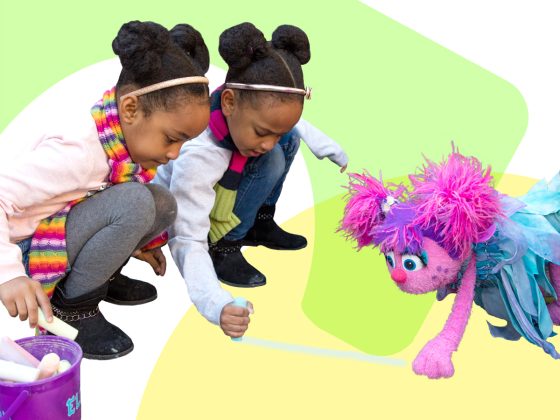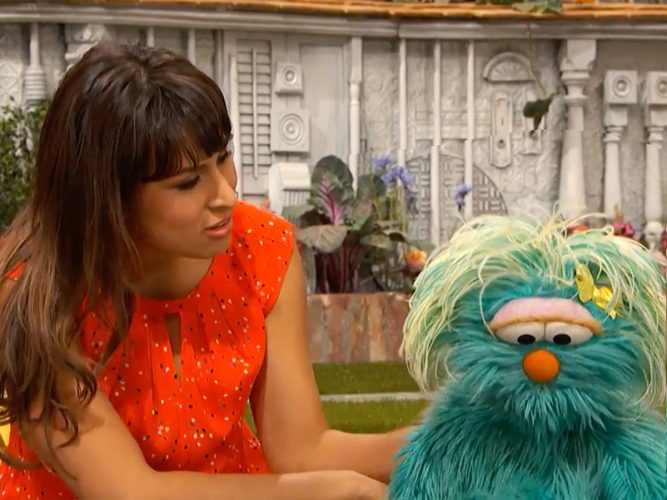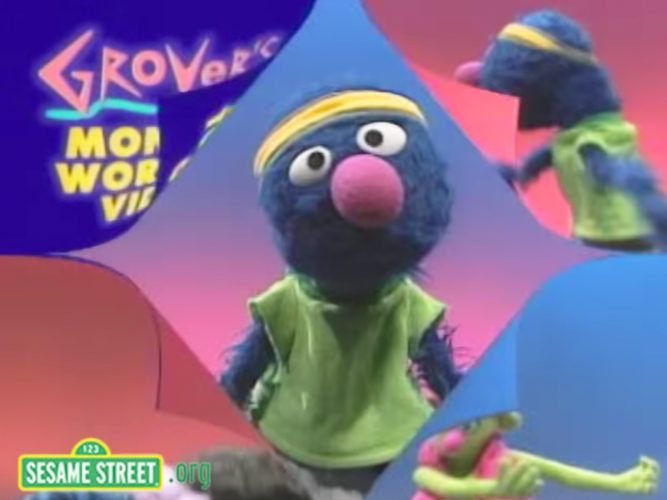
Self-Expression…Without Words
Learn about the benefits of creative self-expression.
When working with adults, guide them to identify the benefits of creative self-expression:
- It builds confidence. Mental health lies in feelings of competence, but trauma can wipe out a child’s sense of “I can do it.” When a supportive community of caring adults gives kids a space and a platform to show their work, they can feel pride and accomplishment.
- It allows for self-expression. Words often don’t do the job in working through difficult feelings, thoughts, and memories. Creative self-expression helps kids express what words just can’t. If a traumatic event or experience happened before the child was verbal at all, that trauma is often stored in that child’s memory as sensations, symbols, and mental images.
- It lowers stress. When engaged creatively, kids often breathe more slowly, their blood pressure lowers, and their bodies relax. Creative engagement also causes certain areas of the brain to release hormones called endorphins, which produce a sense of expansion, connection, and relaxation.
- It supports healthy brain development. Creativity is a process that engages many areas of the brain.
- It helps build self-understanding. As children create poems, songs, dances, or paintings, they become more aware of their thoughts, emotions, and beliefs, even when they lack the language to describe those experiences.
Sources
Malchiodi, Cathy A. Expressive Therapies. Guilford Publications, 2013.
Patrik, Juslin N. “What Does Music Express? Basic Emotions and beyond.” Frontiers in Psychology 4 (2013).
Perry, Bruce D. “Resilience: Where Does It Come From?” New York Life – Children & Grief, April 2006. http://www.scholastic.com/browse/article.jsp?id=3746847.
Phelps, Don. “Therapeutic Use of Expressive Arts With Children.” Social Work Today. http://www.socialworktoday.com/archive/exc_020712.shtml


